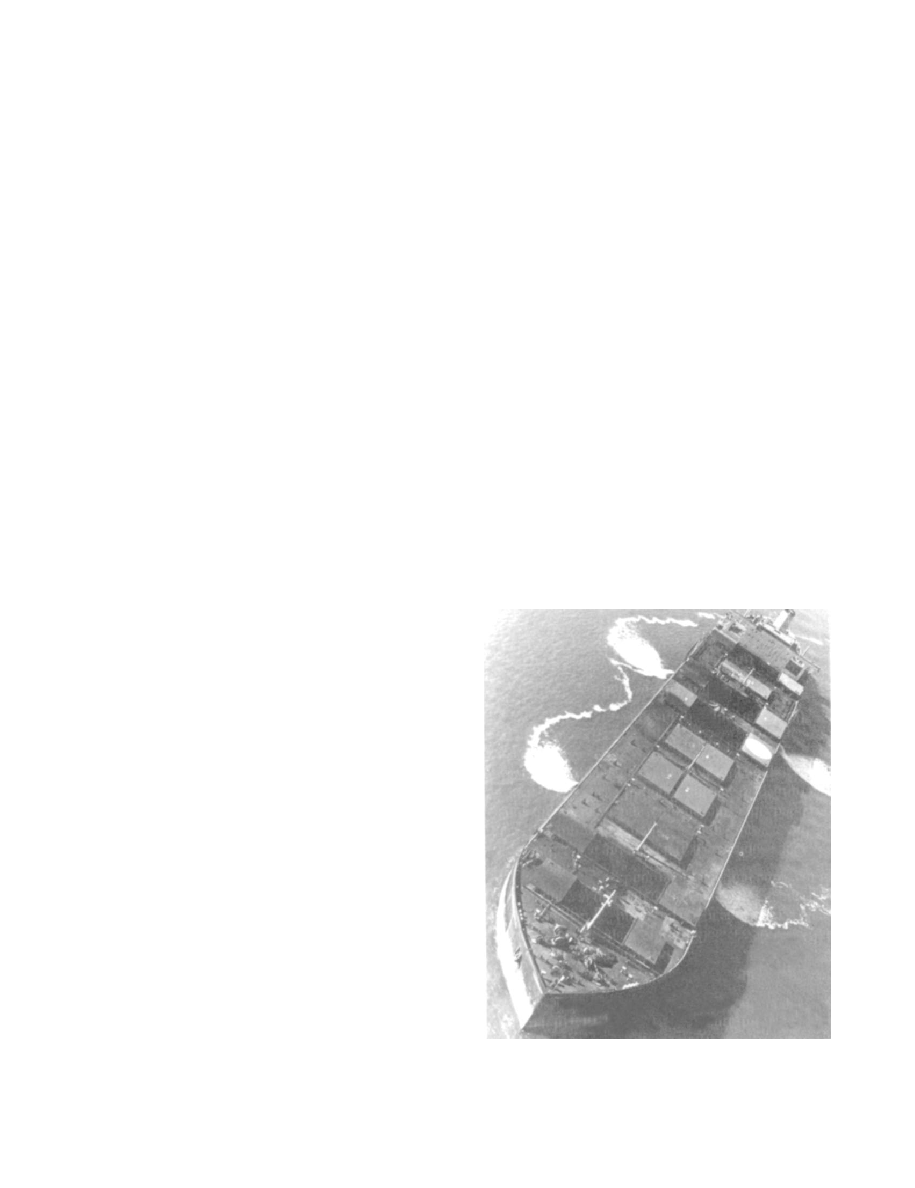
DOFMaster
for Windows
On-line
Depth of Field
Calculator
DOFMaster for Mobile Devices
On-line
Depth of Field
Table
Hyperfocal
Distance Chart
Articles
FAQ
Recommended
Books
Support
Contact
Links
Home
for Windows
On-line
Depth of Field
Calculator
DOFMaster for Mobile Devices
On-line
Depth of Field
Table
Hyperfocal
Distance Chart
Articles
FAQ
Recommended
Books
Support
Contact
Links
Home
As an Amazon Associate I earn from qualifying purchases.
![]()
any "holidays" or missed areas within the strip.
for the most desirable lighting. When the sun is at an
angle that causes shadows to fall across the subject and
obscure some important detail, you may ask to fly the
mission at a different time of day or even on an overcast
day. Whenever possible, shoot obliques with the sun
falling on the scene from about a 45 degree angle. This
provides proper shadows and creates a feeling of depth.
With the sun directly in back of the camera, the picture
appears flat. With the sun directly in front of the
camera, the shadows may obscure detail and lens flare
can result. Shadows play an important role in picture
balance by creating an illusion of depth; they also aid
in determining the physical characteristics of ground
areas. The size of objects in a photograph can be
determined by the length and width of their shadows.
You can obtain the desired shadow effect by ensuring
the pilot places the aircraft properly in relation to the
target. Teamwork between the pilot and the
photographer is another contributing factor to good
aerial composition. Remember, both the photographer
and pilot are "handling" the camera, but you are
responsible for getting the images.
selecting the proper altitude of the aircraft and the lens
focal length of the camera.
have a "bird's eye" view of the subject does not mean
you have a good camera viewpoint. Is a tall building or
grove of trees hiding some important subject detail? If
so, direct the pilot to move the aircraft into position for
a better viewpoint. A good rule for composing low
sections: the first section at the bottom of the
viewfinder is foreground, the center third of the picture
is target area, and the top third is background. For high
obliques, divide the camera viewfinder into four
sections: the bottom section of the viewfinder is filed
with foreground, the next section above it is target area,
the third section is background, and the last quarter is
sky. Subject balance should also be considered while
keeping in mind the three or four primary divisions or
areas of low and high obliques, respectively. Study the
view during your approach to the target.
oblique, the imaginary horizon should be straight in
your pictures. A real horizon that is crooked, even in a
high-oblique picture, does not appear natural; it is
distracting and does not reflect the work expected of a
professional aerial photographer. When making
obliques, you should hold the camera so the horizon is
straight. This is easy to do in a high oblique because
the horizon is included in the picture and can be seen
while the picture is taken. When making a low oblique,
hold the camera as though a high oblique was being
made, straighten the horizon, then lower the camera
carefully to the correct angle for the low oblique.
A horizon that is crooked is often the result when a
photographer concentrates on the subject alone and
in one exposure. If you cannot do this by holding the
camera level, then turn the camera slightly at an angle;
the two points can sometimes be included in the
diagonal of the picture area (fig. 4-24).
Advanced Photography Course

As an Amazon Associate I earn from qualifying purchases.
WWW.DOFMASTER.COM
© 2006 Don Fleming. All rights reserved.
© 2006 Don Fleming. All rights reserved.